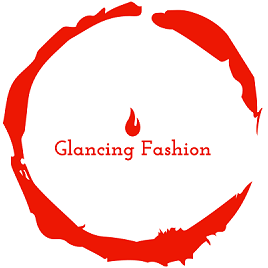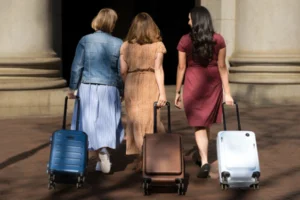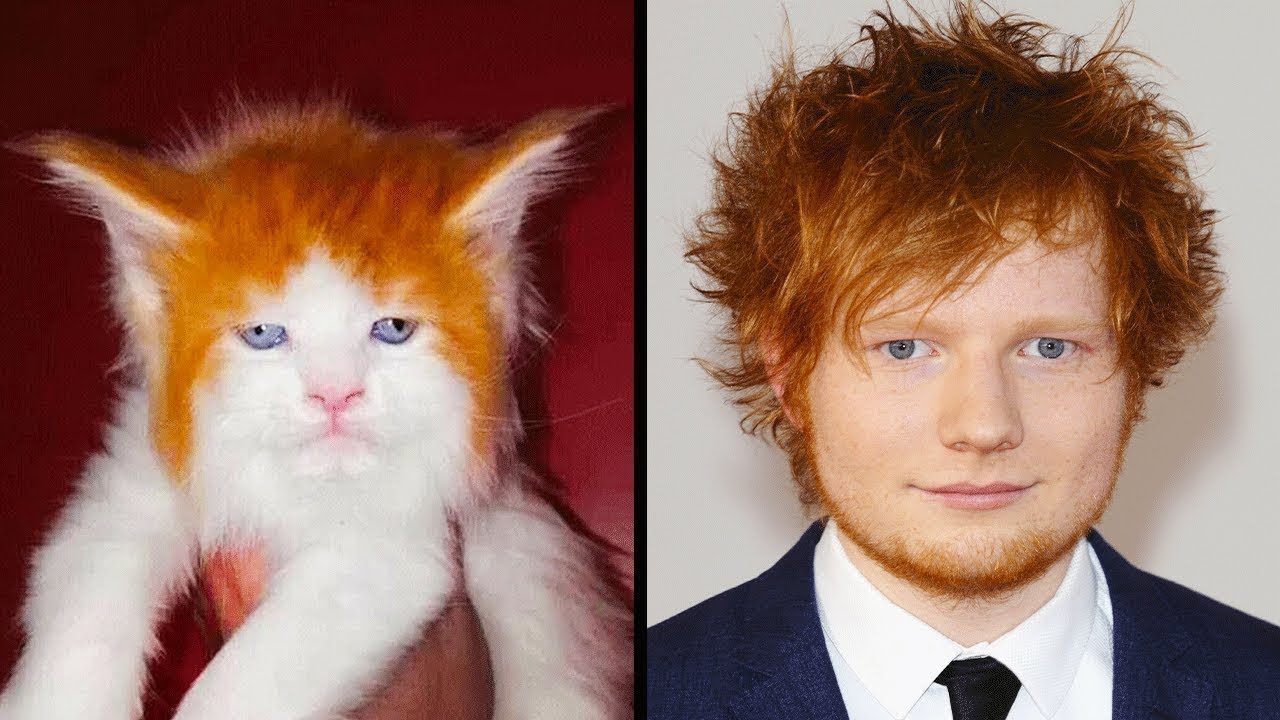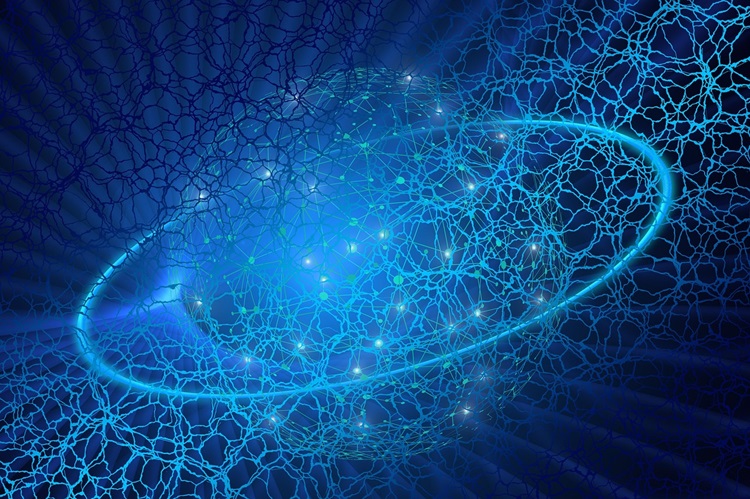Throughout history, humans have been fascinated by the animal kingdom. From ancient cave paintings to modern-day cartoons, animals have always held a special place in our hearts and minds. But what if we told you that sometimes, animals can resemble humans too? This intriguing phenomenon, known as pareidolia, has captivated scientists and artists alike. In this article, we will explore the concept of people looking like animals, the psychological reasons behind it, and the cultural significance it holds.
The Science Behind Pareidolia
Pareidolia is a psychological phenomenon where our brain perceives familiar patterns, such as faces or animals, in random stimuli. This innate tendency to find meaning in randomness has evolutionary roots, as it helped our ancestors quickly identify potential threats or prey in their environment. When it comes to seeing animals in human faces or vice versa, pareidolia plays a significant role.
Research suggests that our brains are hardwired to recognize faces from birth. This facial recognition ability is so powerful that we often see faces where there are none. When presented with random visual stimuli, such as clouds or tree bark, our brain automatically tries to make sense of the patterns by associating them with familiar shapes, including animals. This explains why some people may perceive a lion’s face in the swirls of a marble floor or a monkey’s face in the knots of a tree trunk.
Animalistic Features in Humans
Humans share many physical characteristics with animals, which can contribute to the perception of people looking like animals. For example, our eyes, noses, and mouths are arranged in a similar manner to many mammals. This structural resemblance can be enhanced by certain facial expressions or hairstyles that accentuate specific features.
Moreover, some individuals possess unique genetic traits that make them resemble certain animals more closely. A prominent example is individuals with hypertrichosis, commonly known as “werewolf syndrome.” People with this condition have excessive hair growth all over their bodies, which can give them an uncanny resemblance to certain animals like wolves or bears. While these cases are rare, they highlight the intricate connection between human and animal appearances.
Cultural Interpretations
The phenomenon of people looking like animals has not gone unnoticed in various cultures around the world. In many ancient mythologies, gods and goddesses were depicted with animalistic features, symbolizing their connection to the natural world. For instance, the ancient Egyptians revered gods like Anubis, who had a human body with a jackal’s head, representing the afterlife and protection.
Similarly, in some Native American tribes, individuals believed they possessed animal spirits or totems that guided and protected them. These animal spirits were often associated with specific traits or characteristics that the individual embodied. This cultural interpretation of people resembling animals reflects the deep-rooted belief in the interconnectedness of all living beings.
The Artistic Expression
Artists have long been fascinated by the concept of people looking like animals and have used it as a source of inspiration for their creations. From paintings to sculptures, this theme has been explored in various art forms throughout history. Artists often use animal features in human portraits to convey specific emotions or characteristics associated with those animals.
One notable example is the famous painting “Portrait of Adele Bloch-Bauer I” by Gustav Klimt. In this masterpiece, Klimt incorporated elements of the peacock, a symbol of beauty and immortality, into the portrait. By doing so, he added depth and symbolism to the artwork, inviting viewers to contemplate the connection between humans and animals.
Conclusion:
The phenomenon of people looking like animals is a captivating aspect of human perception. Rooted in our evolutionary history and influenced by cultural interpretations, it showcases the intricate relationship between humans and the animal kingdom. Whether it is a result of pareidolia, genetic traits, or artistic expression, this phenomenon reminds us of the interconnectedness of all living beings and the beauty that lies in our shared characteristics. So, the next time you see a face in the clouds or a lion in a crowd, take a moment to appreciate the fascinating world of pareidolia.








